- sort orderDefault
Photo title, A → Z
Photo title, Z → A
✔ Date created, new → old
Date created, old → new
Date posted, new → old
Date posted, old → new
Visits, high → low
Random - Google Map
- map
 home / Insecta · vabzdžiai / Coleoptera · vabalai / Dytiscidae · dusios / Dytiscus marginalis · geltonkraštė dusia
home / Insecta · vabzdžiai / Coleoptera · vabalai / Dytiscidae · dusios / Dytiscus marginalis · geltonkraštė dusia

-
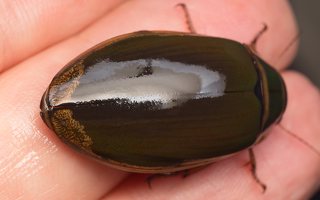 Dytiscus marginalis female · geltonkraštė dusia ♀
Dytiscus marginalis female · geltonkraštė dusia ♀
-
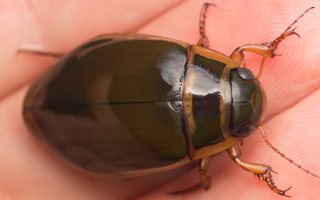 Dytiscus marginalis female · geltonkraštė dusia ♀
Dytiscus marginalis female · geltonkraštė dusia ♀
-
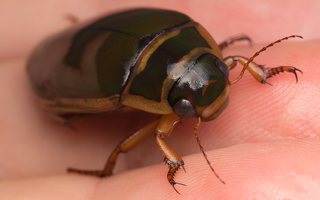 Dytiscus marginalis female · geltonkraštė dusia ♀
Dytiscus marginalis female · geltonkraštė dusia ♀
-
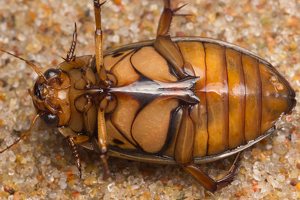 Dytiscus marginalis female · geltonkraštė dusia ♀
Dytiscus marginalis female · geltonkraštė dusia ♀
-
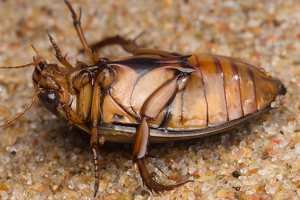 Dytiscus marginalis female · geltonkraštė dusia ♀
Dytiscus marginalis female · geltonkraštė dusia ♀
-
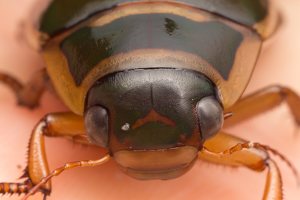 Dytiscus marginalis female · geltonkraštė dusia ♀
Dytiscus marginalis female · geltonkraštė dusia ♀
-
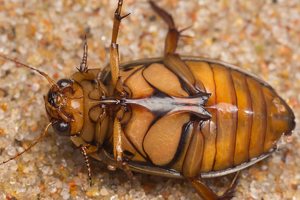 Dytiscus marginalis female · geltonkraštė dusia ♀
Dytiscus marginalis female · geltonkraštė dusia ♀
-
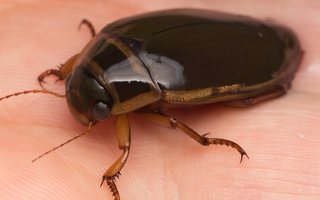 Dytiscus marginalis female · geltonkraštė dusia ♀
Dytiscus marginalis female · geltonkraštė dusia ♀
-
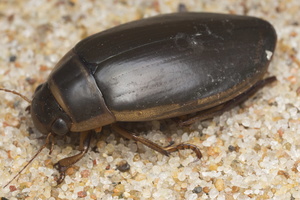 Dytiscus marginalis female · geltonkraštė dusia ♀
Dytiscus marginalis female · geltonkraštė dusia ♀
-
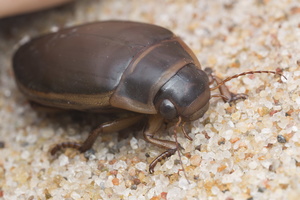 Dytiscus marginalis female · geltonkraštė dusia ♀
Dytiscus marginalis female · geltonkraštė dusia ♀
-
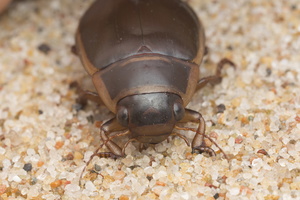 Dytiscus marginalis female · geltonkraštė dusia ♀
Dytiscus marginalis female · geltonkraštė dusia ♀
-
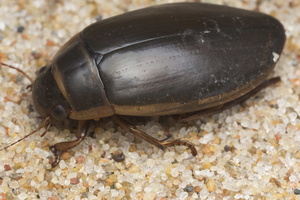 Dytiscus marginalis female · geltonkraštė dusia ♀
Dytiscus marginalis female · geltonkraštė dusia ♀
-
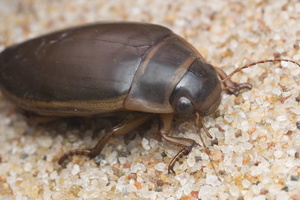 Dytiscus marginalis female · geltonkraštė dusia ♀
Dytiscus marginalis female · geltonkraštė dusia ♀
-
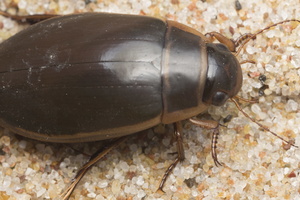 Dytiscus marginalis female · geltonkraštė dusia ♀
Dytiscus marginalis female · geltonkraštė dusia ♀
Dytiscus marginalis · geltonkraštė dusia
- great diving beetle
- Gelbrandkäfer, Gemeine Gelbrand
- geltonkraštė dusia
- zeltmalu airvabole
- pływak żółtobrzeżek
It is an aquatic diving beetle native to Europe and northern Asia. Both smooth and sulcate females occur in northern Europe. Dytiscus circumcinctus is similar but rare.
The larvae can grow up to 60 mm in length, while the adults are generally 27–35 mm. These beetles live in fresh water, either still or slow-running, and seem to prefer water with vegetation. They are dark-coloured (brown to black) on their back and wing cases (elytra) and yellow on their abdomen and legs. The male's wing cases are shiny, while those of the female are finely grooved. A voracious predator, this beetle hunts a wide variety of prey including small fish. The first two pairs of legs of the male are equipped with numerous suction cups, enabling them to obtain a secure grip while mating, and on their prey.
They are able fliers, and fly usually at night. They use the reflection of moonlight to locate new water sources. This location method can sometimes cause them to land on wet roads or other hard wet surfaces. Before they dive, they collect air bubbles in their wing cases which goes through the spiracles. The jaws of a great diving beetle are strong compared to their body size. The beetle reproduces by laying eggs under water in the mesophyll of an aquatic plant leaf. The incubation period is between 17 and 19 days.
Vabalai stambūs (27 – 35 mm), priešnugarėlės ir antsparnių šonai su plačiu geltonu apvadu. Patelių antsparniai paprastai su išilginėmis vagutėmis. Gyvena įvairiuose vandens telkiniuose, kurių bent krantai apaugę gausia vandens augalija. Lervos užauga iki 60 mm ilgio. Tiek vabalai, tiek lervos plėšrūs. Medžioja vandens vabzdžių lervas, buožgalvius, žuvų mailių ir net jaunas žuvytes.